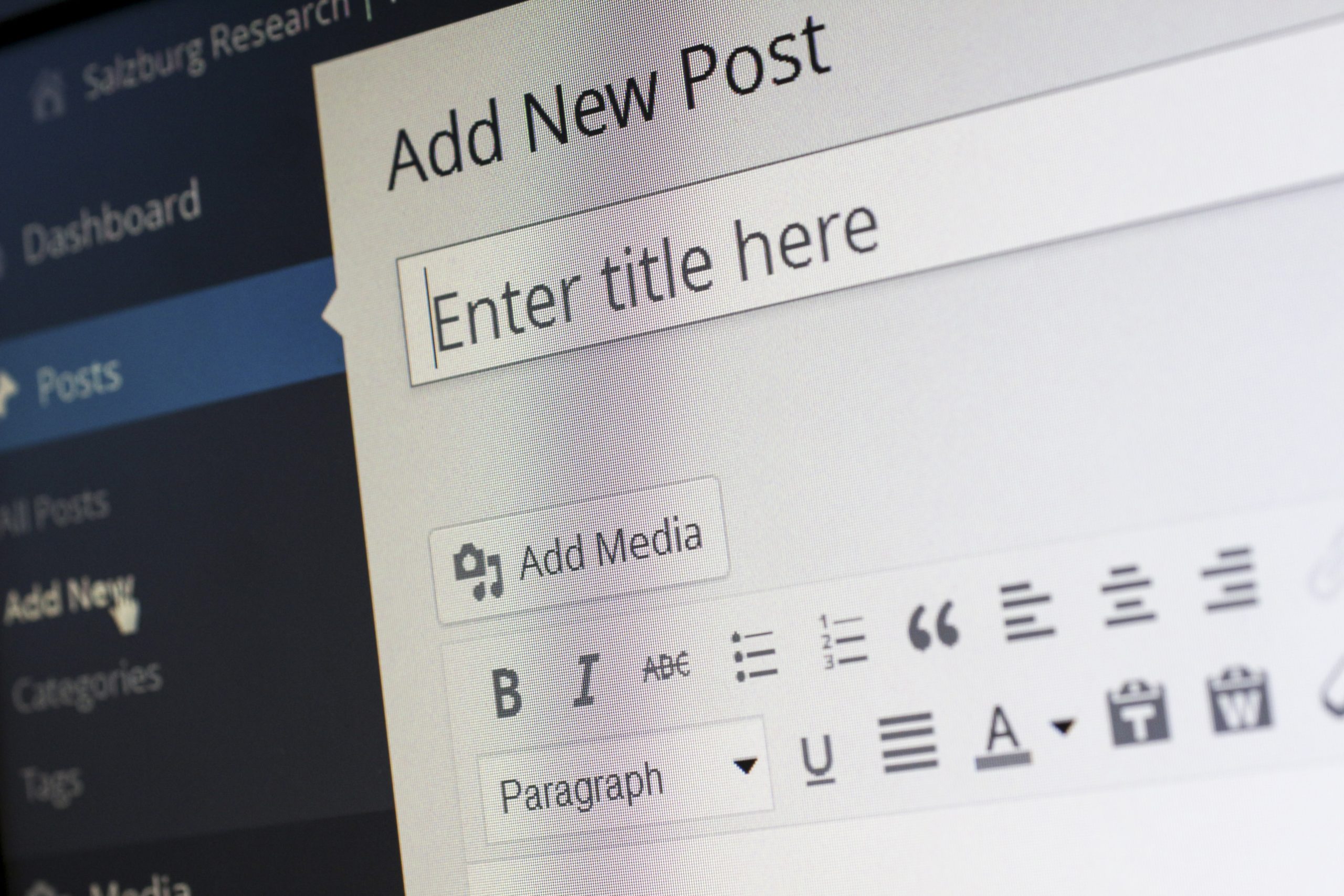
Changing your permalinks without breaking your WordPress site
Firstly, changing the permalink structure on your website is a major undertaking. You should be absolutely sure you want to make this change to your site because it can potentially have an impact on your SEO rankings and can also cause a lot of errors and broken links if it isn’t handled correctly…
Thankfully, with a little planning and a simple tool you should be able to carry out this task without experiencing any issues.
So, what are Permalinks?
Permalinks are the part of the web address that comes after your domain name and point to specific posts and pages on your site, when you post with WordPress. When set correctly they serve several purposes;
- They allow your readers to get a brief understanding of what your post or page is about without looking at the content – particularly handy for news or blog posts, like this one
- They are used by search engines to discover the post or page topic solely from the URL
- They also supply a permanent location for your visitors and search engines to return to in order to read your content
- They are essentially a unique identifier for each piece of content you create
You can set the permalink structure in WordPress from the Settings > Permalinks menu on the dashboard. By default WordPress is set to use the database ID number of each post as the permalink. By WordPress’ own admission, this is quite an ‘ugly’ structure and does a terrible job of telling you anything about the content.
Most web designers will change the default permalink structure of their WordPress blog at its creation but not always, particularly if they are not that familiar with the software. There are several options to choose from, but the most common two choices are the structure that shows the date followed by the post name or simply the post name on its own. This choice is usually made with the intended content in mind. For example, websites that focus on news items tend to have the date as part of the permalink structure – but you can even code your own using tags.
You would think that since it is easy to configure the permalink structure of the site at the point of creation that it would also be a simple process for an established website. While the act of making the change is as simple as selecting a new permalink type and clicking save, the consequences of that action require a little more thought and planning in terms of mitigating its effects. However, if you don’t have any visitors yet or haven’t invested any time in SEO’ing your site – then you can generally progress without any further worry…
How can I safely change the Permalink structure?
If you’ve decided that you have to change your permalink structure, you’ll need to do a few things. The first decision you need to make is the syntax of your new permalink structure. Do you need to include the date? How do you want that to display if you do? Do you plan on using the day or just the month or year as part of your structure?
It is an important decision and you shouldn’t make any changes at all until you have made absolutely sure of your choice. There is a very useful guide to using permalinks in the WordPress codex that can give you ideas for your new structure.
Once you know which syntax you are going to use, it is time to go into the Permalinks menu of your dashboard and make the change. This will now update all of your internal URLs with the new syntax. All of the internal links should update correctly if they have been added as part of WordPress. Any manual links may need to be updated. However, all links to your site from elsewhere will now be completely broken and all the content already indexed by search engines will be incorrect. From here, you will need to make alterations to your site to repair the damage.
Option 1: Use 301 redirects to repair it
This is a simple solution to this problem and that is to setup 301 redirects on your website. A 301 redirect essentially tells any browser that comes to your site using an old permalink structured URL where the relevant content is. It also lets search engines know that this is a permanent change. If you are familiar with the structure of 301 redirects using an .htaccess file, you can create one but it will take time depending on how much content you have.
Option 2: Use a plugin
There are plugins which can ‘automate’ either the creation of multiple 301 redirects, or can even search for and populate a file – but be warned these can cause problems elsewhere by overwriting .htaccess files within WordPress or in other directories of your web server. You can always re-write the file though if this happens, generally without data loss. You can find out more about this, using the knowledgebase article about the default .htaccess information.
Where can I find more help?
While making this change and limiting the problems has never been easier, you may still take an SEO hit to your site. That may be fine in the short term if you are changing to a more SEO friendly permalink structure, but it isn’t something you want to have to continually deal with. Pick your new permalink structure and stick with it.
If you need more help or information, please contact us…
This page is supported by third-party advertising…
